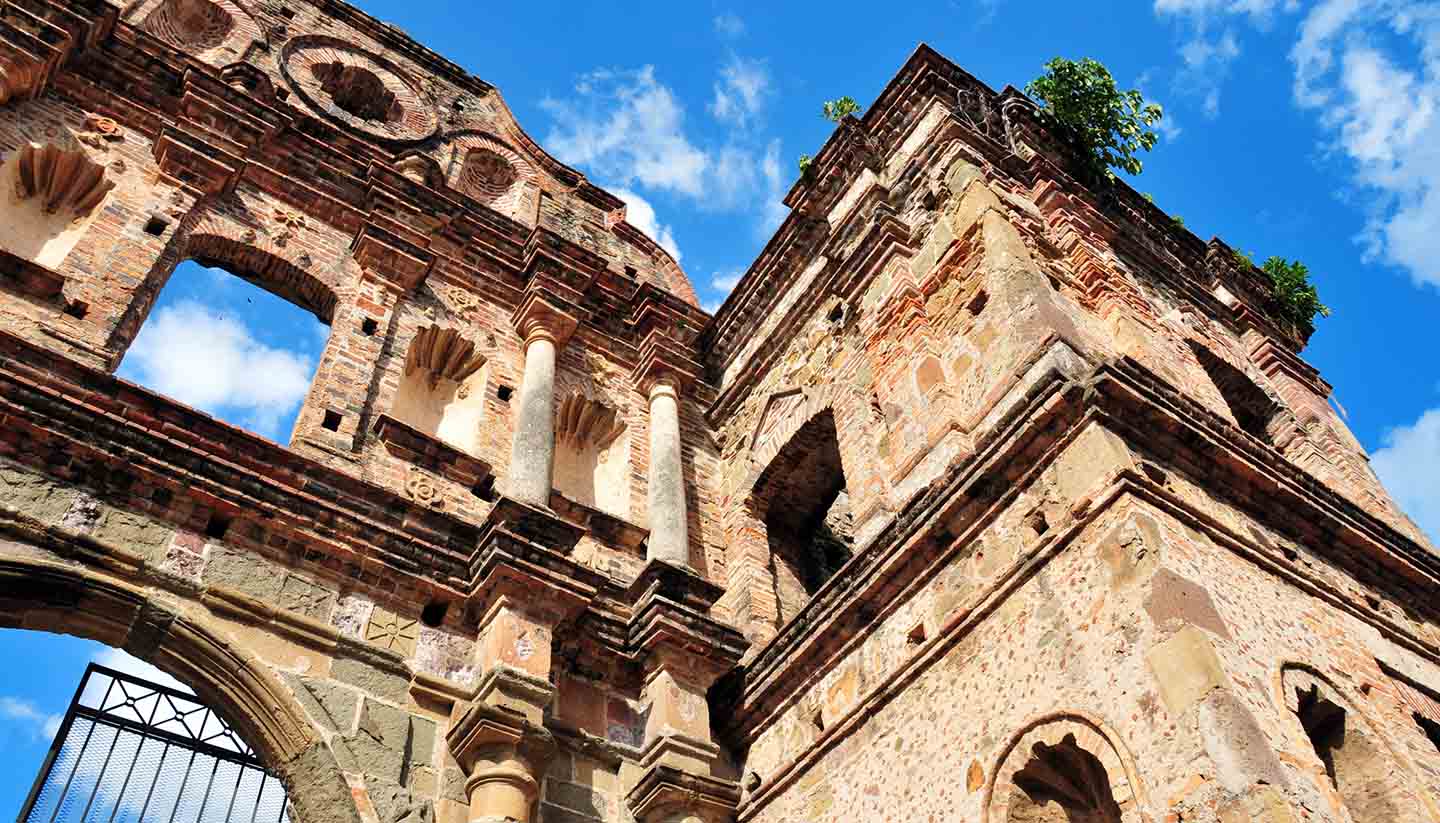Panama City History
Poor old Panama has been owned by one person or another for a very long time, and has only relatively recently gained its independence. It was originally explored by Columbus in 1502 as part of the Spanish conquest and colonisation of the Americas, but Panama City itself was founded by Pedro Arias de Avila in 1519, on the site that is now known as Panama Viejo.
Panama City was the starting point of the expedition that ended up conquering the Inca Empire. It had its share of drama, too: it was burned to the ground in 1671 by the pirate Henry Morgan (who surely had no idea he would achieve immortality through a bottle of rum), and was relocated and rebuilt in what is currently the beautiful colonial Casco Viejo.
300 years later, everything changed. Central America revolted against the Spanish rule and Panama joined the already independent Colombia. It then spent the next 80-odd years trying to break away from them.
The period between 1850 to 1900 was a time of serious unrest for the Panamanians: the administration changed almost every year, there were riots galore and the US stuck its oar in a dozen times in an attempt to sort things out. Panama gained, and then officially declared, its tentative independence in 1903 – with the US’s backing.
The Panama Canal, was completed in 1914, brought fame and wealth to the country – but the US paid Panama for rights to the Canal Zone and influence in the running of country, which took another nearly 100 years to shake off. In 1999, the US formally handed control of the Canal Zone over to Panama.
The next stage for Panama was the expansion of the Canal in 2007, a huge and costly project which was beset by issues and missed its original completion date. The expansion is expected to bring more wealth to the country.
Did you know?
• In 1534, the Holy Roman emperor Charles V ordered a survey to see if a canal could be built between the Atlantic and Pacific oceans. Surveyors concluded it couldn’t.
• Panama City is the only capital in the world with a rainforest within its city limits.
• More than 25,000 workers died during the construction of the Panama Canal.


